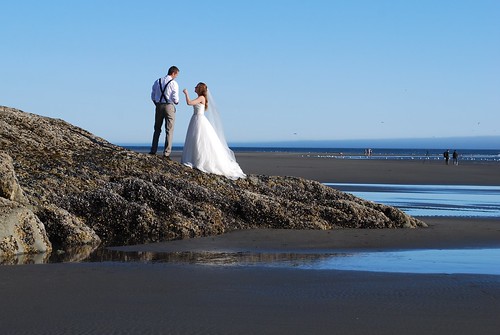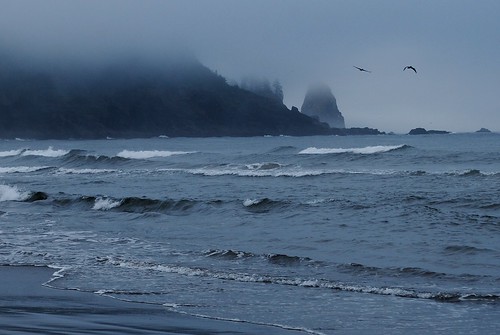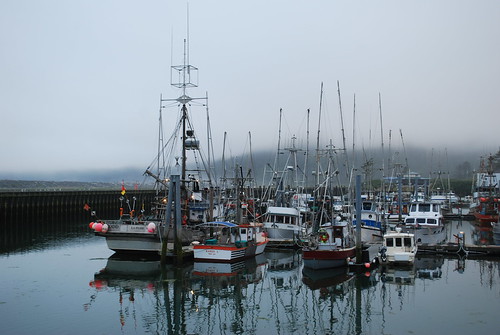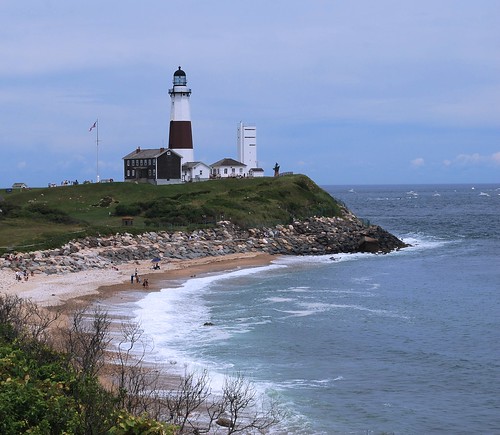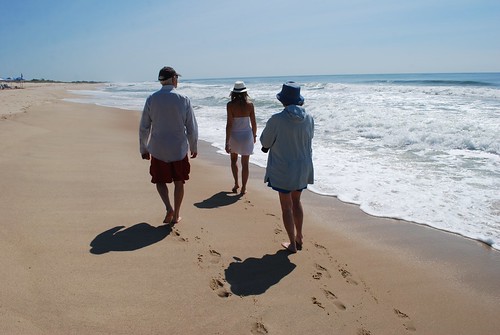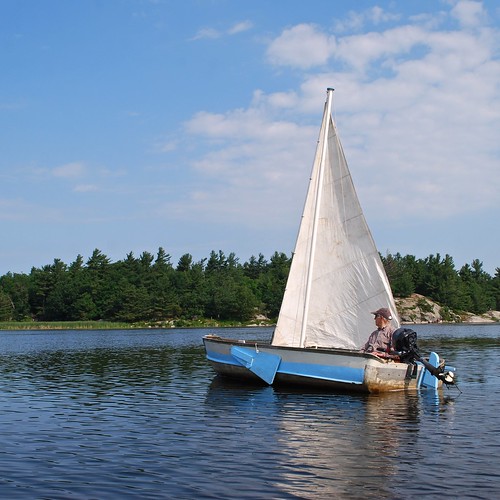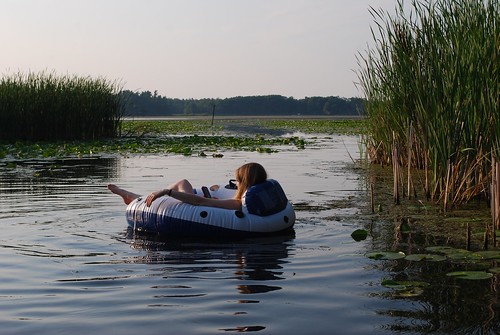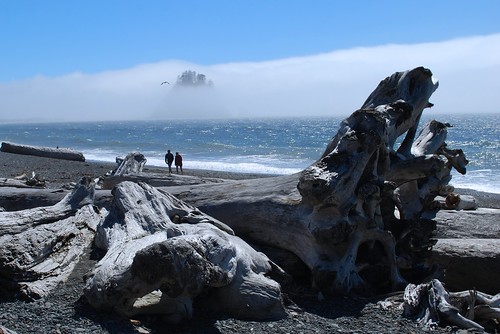
Whenever I send my parents beach photos, my mother asks, “Did you go swimming?” She spent childhood summers on the Jersey shore, where she and her sister spent hours in the water every day. Here in the Pacific Northwest, where the surf is rough, the water icy cold, and rocks jut out from the sand, no one seems to swim. The beaches we’ve been going to are mostly empty of humans, except for a few who are walking, or making forts from driftwood, or sitting in a sheltered place to enjoy the sun.
To get to our favourite beach this morning, my husband and I hiked through a lush forest of tall hemlocks and spruce, with ferns that were waist high. We saw only a few other people. They were young people who reminded me of my college students: dressed in hiking boots and warm fleeces, they carried packs and we could see their tents set up near the piles of bleached trees that edged the beach.
We explored four different beaches, each with a different personality. One beach was rocky and windy, with huge piles of driftwood. Another was sandy and sheltered, a calm place where we could sit and talk for hours. We saw no lifeguards and no one in bathing suits. Mostly, we saw seagulls and the occasional hiker. Late in the afternoon, though, we came to a secluded beach at the bottom of a steep trail and found, to our surprise, a young woman in a wedding dress, posing with her groom.
